Dr. Victoria Arbour stands at the forefront of paleontological research, specifically in the fascinating realm of armored dinosaurs. As a world-renowned paleontologist, her meticulous work has revolutionized our understanding of ankylosaurs and other heavily armored dinosaur species that roamed the Earth millions of years ago. Through groundbreaking discoveries and innovative research methodologies, Dr. Arbour has uncovered crucial insights into these prehistoric creatures’ anatomy, behavior, and evolutionary significance. Her dedication to the field has not only expanded scientific knowledge but has also captivated the imagination of dinosaur enthusiasts worldwide, bringing these ancient armored behemoths back to life through her detailed reconstructions and engaging public outreach efforts.
The Early Years: Dr. Arbour’s Path to Paleontology
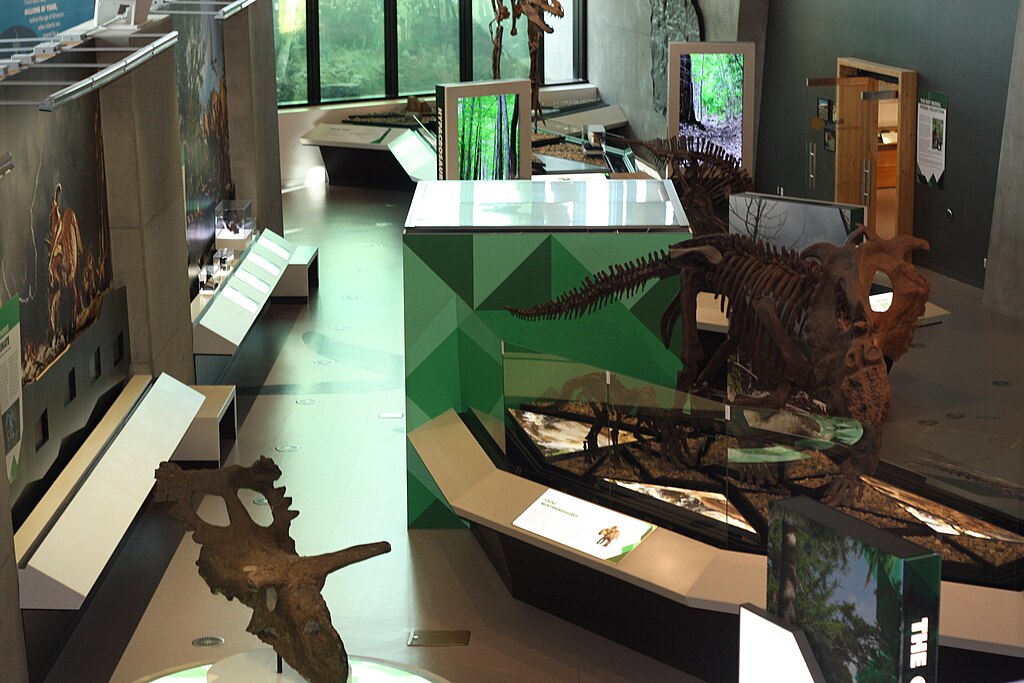
Dr. Victoria Arbour’s fascination with dinosaurs began in childhood, following a trajectory familiar to many paleontologists who discovered their passion early in life. Born and raised in Canada, she developed an intense curiosity about prehistoric life that would ultimately shape her career trajectory. Despite entering a field traditionally dominated by men, Arbour pursued her studies with determination, earning her undergraduate degree from Dalhousie University before completing her doctoral studies at the University of Alberta, where she focused specifically on ankylosaurs. Her academic journey was marked by an exceptional dedication to fieldwork, spending countless hours excavating fossils in remote locations across North America and beyond. These formative experiences not only honed her technical skills but also cemented her reputation as a rising star in the paleontological community long before she became a household name among dinosaur experts.
Ankylosaurs: The Armored Giants That Captured Her Imagination

Ankylosaurs represent some of the most heavily armored creatures ever to walk the Earth, their bodies covered in bony plates called osteoderms that formed a natural protective shield against predators. These Late Cretaceous dinosaurs, which Dr. Arbour has dedicated her career to studying, ranged from 16 to 26 feet in length and could weigh up to 8 tons, making them formidable opponents even for large carnivorous dinosaurs like Tyrannosaurus rex. What particularly fascinated Arbour about these prehistoric tanks was their distinctive tail clubs—specialized weapons that evolved as defensive or possibly social display structures. The complexity of ankylosaur armor patterns, which varied significantly across species, presented a perfect puzzle for a detail-oriented researcher like Arbour, who recognized that these variations could reveal important evolutionary relationships and adaptation strategies. Her unwavering curiosity about these unusual dinosaurs has driven decades of research that continues to yield surprising discoveries about their lives and biological significance.
The Tail Club: Revolutionizing Our Understanding of Dinosaur Weapons
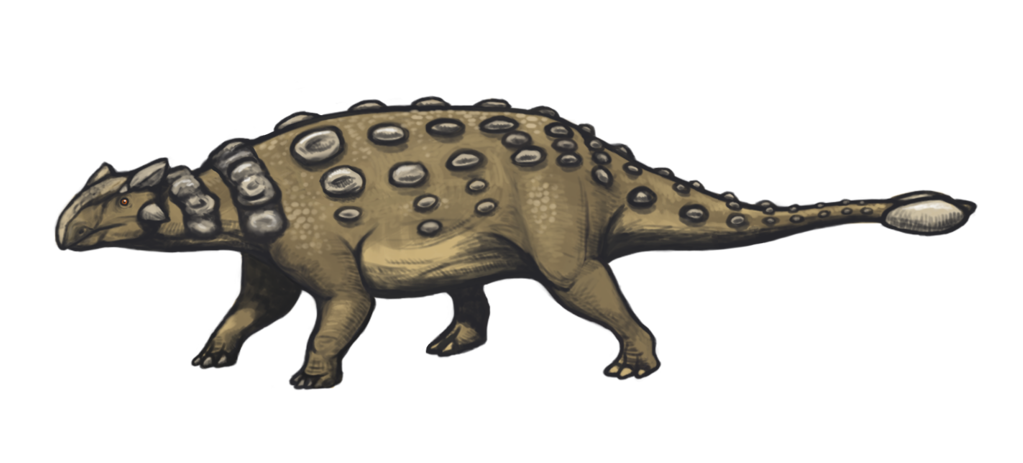
One of Dr. Arbour’s most significant contributions to paleontology centers on the ankylosaur’s iconic tail club—a specialized weapon that had long fascinated scientists but remained poorly understood before her research. Through careful biomechanical analysis and comparative studies, she demonstrated that these clubs weren’t merely defensive structures but sophisticated biological weapons capable of delivering devastating blows to predators or competitors. Using computer modeling and cross-sectional analysis of fossilized tail vertebrae, Arbour calculated the potential force these dinosaurs could generate with a swing of their tail, revealing they could potentially crush bone—a finding that dramatically changed how we view predator-prey dynamics in the Late Cretaceous period. Her groundbreaking paper “Estimating impact forces of tail club strikes by ankylosaurid dinosaurs” provided the first quantitative assessment of these structures as weapons, demonstrating that larger ankylosaurs could generate impact forces strong enough to break the bones of would-be attackers. This research transformed our understanding of ankylosaur behavior, suggesting these seemingly lumbering herbivores possessed formidable active defense mechanisms rather than relying solely on passive armor.
Discovering Zuul: Unearthing a New Species of Armored Dinosaur

In 2017, Dr. Arbour and her colleagues announced a discovery that would capture both scientific and popular imagination—a new genus and species of ankylosaurid dinosaur named Zuul crurivastator, instantly recognizable by its remarkably well-preserved armored skull and tail club. Named after the fictional monster from the film “Ghostbusters” due to its horned face and menacing appearance, this 75-million-year-old specimen represented one of the most complete ankylosaur skeletons ever found in North America, preserving about 85% of the skeleton, including rarely preserved soft tissue impressions. The specimen was discovered during commercial excavation in Montana when a bulldozer accidentally struck its tail club, revealing what would become a paleontological treasure. What makes Zuul particularly significant is the exceptional preservation of its armor in life position, allowing scientists to understand precisely how the bony plates were arranged across its body—information typically lost in most fossil specimens. This discovery provided Dr. Arbour with unprecedented insights into ankylosaur anatomy and has become a cornerstone specimen for understanding these heavily armored dinosaurs.
Innovative Research Methods: CT Scanning Prehistoric Armor
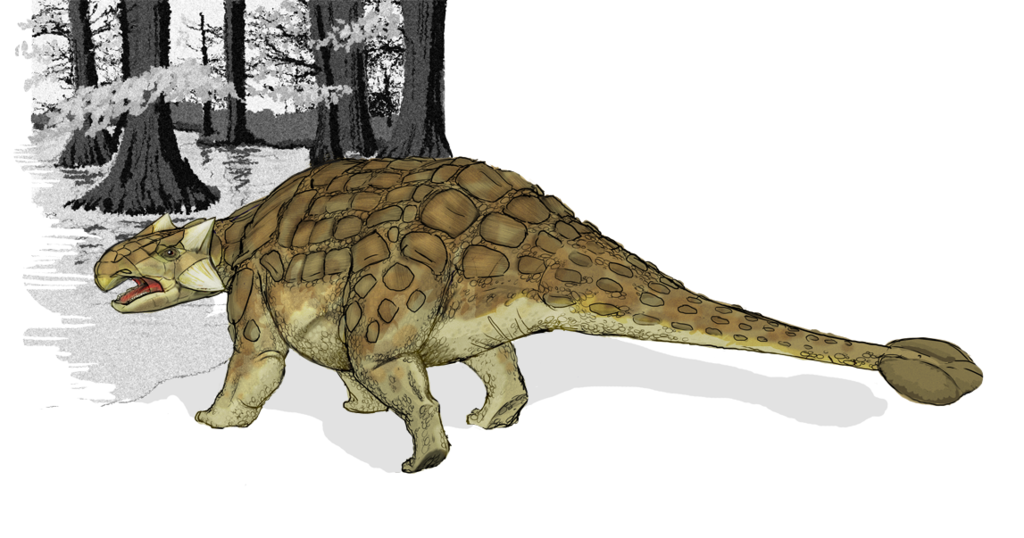
Dr. Arbour has pioneered the application of advanced technological methods to the study of armored dinosaurs, particularly through her innovative use of CT scanning to examine fossils non-destructively. This approach has allowed her to peer beneath the surface of densely armored specimens to visualize internal structures that would otherwise remain hidden, revolutionizing our understanding of ankylosaur anatomy. By creating detailed three-dimensional models from these scans, she has been able to study the neural pathways, blood vessel channels, and bone development patterns within these animals’ armor and skull structures. One particularly significant application of this technology was her examination of ankylosaur brain cases, which revealed previously unknown details about these dinosaurs’ sensory capabilities, including their hearing ranges and balance mechanisms. The digital models created through this process have also enabled unprecedented studies of biomechanics, allowing Arbour to simulate how these animals might have moved, how their armor responded to impacts, and how their distinctive tail weapons functioned in life—all without damaging the precious original specimens.
Rewriting Evolutionary History: New Perspectives on Dinosaur Relationships
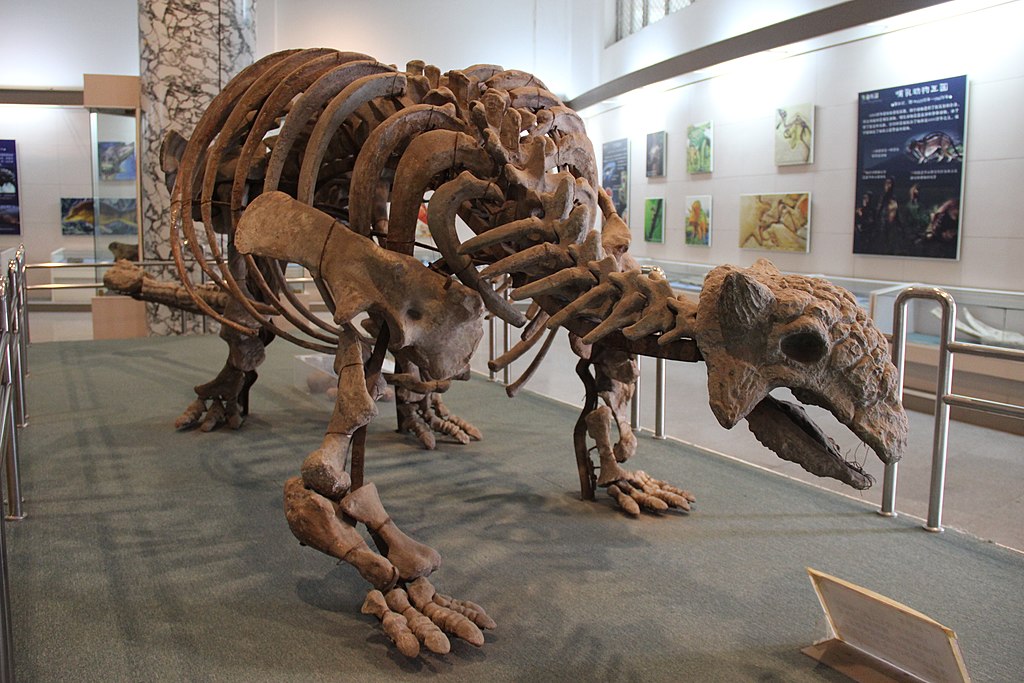
Through meticulous examination of fossil materials and application of cladistic analysis, Dr. Arbour has significantly revised our understanding of ankylosaur evolutionary relationships and diversity. Her research has challenged longstanding classifications within Ankylosauria, proposing new phylogenetic frameworks that better explain the relationships between various armored dinosaur groups across different continents. By identifying subtle but crucial anatomical differences in skull structure, armor patterns, and tail club morphology, she has helped establish more accurate family trees for these complex creatures. One of her most impactful contributions was distinguishing between convergent evolution and true evolutionary relationships among armored dinosaurs from Asia and North America, demonstrating that similar armor features evolved independently multiple times during the Cretaceous period. Her 2016 paper on ankylosaurid biogeography presented compelling evidence for previously unrecognized patterns of dinosaur migration between Asia and western North America during the Late Cretaceous, suggesting several distinct dispersal events rather than a single evolutionary radiation. These revised evolutionary frameworks have important implications not just for understanding dinosaur history but also for interpreting ancient climate conditions and geographic barriers that influenced animal distribution during this critical period of Earth’s history.
Fieldwork Adventures: From Canadian Badlands to Mongolian Deserts

Dr. Arbour’s pursuit of armored dinosaur fossils has taken her to some of the most remote and challenging excavation sites across the globe, from the windswept badlands of Alberta, Canada, to the harsh Gobi Desert of Mongolia. These expeditions often involve weeks of physical labor under extreme weather conditions—blistering heat during the day, near-freezing temperatures at night, and occasional violent storms that can halt work entirely. During a particularly memorable expedition to the Dinosaur Provincial Park in Alberta, Arbour and her team endured torrential downpours that transformed the usually dry badlands into a muddy quagmire, threatening to damage partially excavated specimens before they could be safely removed. The logistical challenges of transporting delicate fossils from these remote locations add another layer of complexity to her fieldwork, sometimes requiring custom-built plaster jackets weighing hundreds of pounds to be manually carried across difficult terrain to the nearest vehicle access point. Despite these challenges, fieldwork remains one of the most rewarding aspects of her research, providing the raw material—literally and intellectually—that fuels her laboratory studies and theoretical work on armored dinosaur evolution.
Public Engagement: Bringing Armored Dinosaurs to Life

Beyond her scientific contributions, Dr. Arbour has established herself as a gifted science communicator who excels at translating complex paleontological concepts for public audiences of all ages. Her approach to public engagement combines rigorous scientific accuracy with accessible language and engaging storytelling, making her a sought-after speaker for museum events, science festivals, and educational programs across North America. As curator of paleontology at the Royal BC Museum in Victoria, she has developed innovative exhibit designs that use interactive elements and cutting-edge visualization technology to help visitors understand how paleontologists reconstruct ancient animals from fragmentary fossil evidence. Dr. Arbour maintains an active social media presence where she shares behind-the-scenes glimpses of her research, fossil preparations, and discoveries, connecting with dinosaur enthusiasts worldwide. Her collaboration with paleoartists to create scientifically accurate reconstructions of ankylosaurs has resulted in stunning visual resources that appear in museums, textbooks, and popular science publications, dramatically updating the public image of these dinosaurs based on her latest research findings. This dedication to outreach reflects her belief that scientific knowledge should be accessible to everyone, not just specialists within the field.
Gender Barriers in Paleontology: Navigating a Changing Field
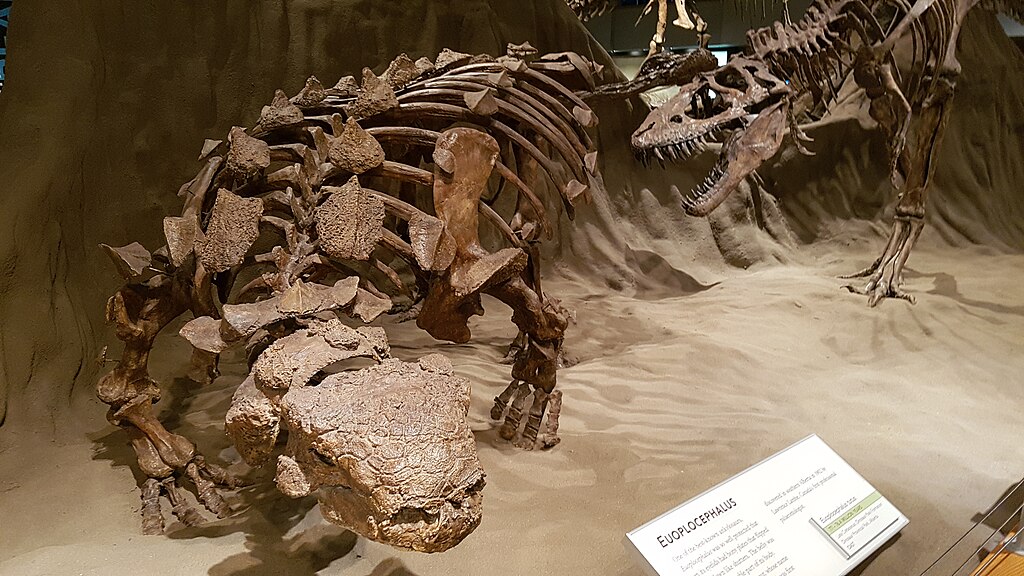
Throughout her career, Dr. Arbour has navigated the challenges that come with working in a field that has historically been male-dominated, becoming an important role model for young women interested in paleontological careers. While significant progress has been made since the days when women were rarely seen on dinosaur excavations, subtle barriers and biases remain within some corners of the scientific community. Arbour has spoken candidly about experiences where her expertise was questioned in ways that male colleagues rarely encounter, particularly early in her career when she was establishing her reputation as an ankylosaur specialist. Despite these challenges, she has built an impressive research program through persistence, exceptional scholarship, and strategic collaboration with supportive colleagues throughout the international paleontological community. Her success in securing competitive research grants, museum positions, and publication opportunities has helped create pathways for other women entering the field. Beyond her career advancement, Arbour actively mentors young scientists, particularly women and members of other underrepresented groups, guiding research directions, publication strategies, and navigating academic politics—contributions that may prove as lasting as her scientific discoveries in creating a more diverse and inclusive paleontological community.
Museum Curation: Preserving the Past for Future Generations

As Curator of Paleontology at the Royal BC Museum, Dr. Arbour’s responsibilities extend far beyond research to include the vital work of preserving, documenting, and contextualizing fossil collections for both current scientific use and future generations. This curatorial role requires her to balance the sometimes competing demands of public education, research access, and long-term preservation of irreplaceable specimens that constitute a unique scientific and cultural heritage. Under her guidance, the museum has implemented state-of-the-art conservation techniques for fossil storage, including customized microenvironments that control humidity and temperature to prevent the degradation of delicate specimens. Her expertise has been crucial in making acquisition decisions for the museum’s growing collection, evaluating potential fossil donations and purchases based on their scientific significance, preservation quality, and relevance to the institution’s research focus. Arbour has also overseen the painstaking process of digitizing the museum’s historical collections, creating high-resolution 3D scans of key specimens that allow researchers worldwide to study these materials without risking damage to the originals. This digital preservation effort represents a significant contribution to paleontological infrastructure, ensuring that even if physical specimens are eventually lost to natural deterioration, their scientific value will remain accessible to researchers for generations to come.
Current Research Frontiers: The Ongoing Mysteries of Armored Dinosaurs
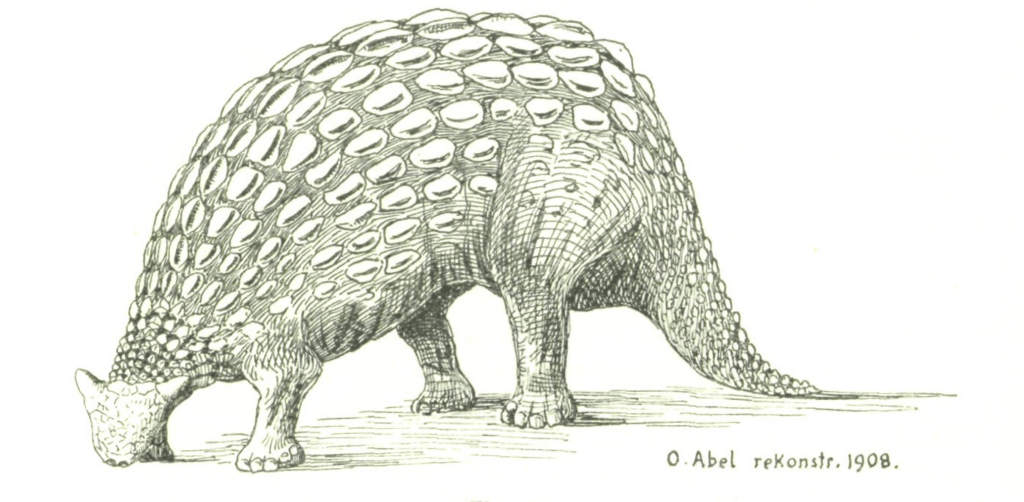
Despite decades of study, armored dinosaurs continue to present fascinating unresolved questions that drive Dr. Arbour’s current research agenda, pushing the boundaries of what we know about these remarkable animals. One particularly intriguing area focuses on the sensory capabilities of ankylosaurs, with Arbour utilizing advanced imaging technologies to map the neural pathways and potential sensory structures preserved in skull specimens. This work has revealed surprising complexity in these dinosaurs’ ability to perceive their environment, challenging older notions that they were simply well-armored but otherwise unremarkable herbivores. Another active research direction involves reconstructing ankylosaur soft tissues and integumentary structures, using rare specimens that preserve skin impressions to understand how armor plates connected to the underlying dermis and how these animals regulated body temperature despite their heavy armor. Perhaps most ambitious is Arbour’s ongoing work to understand the biogeographic history of armored dinosaurs across the Northern Hemisphere, integrating new fossil discoveries with climate modeling and plate tectonic reconstructions to explain the puzzling distribution patterns of different ankylosaur groups across ancient continents. These cutting-edge research directions demonstrate that despite their seemingly simple tank-like appearance, armored dinosaurs remain a source of scientific mystery and discovery even after more than a century of paleontological study.
Legacy and Future Directions: Shaping Paleontology’s Next Chapter
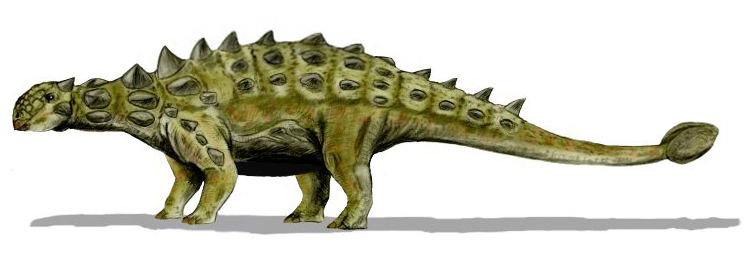
As Dr. Arbour continues her career trajectory, she has already established a significant scientific legacy that will influence dinosaur paleontology for generations to come. Her methodical revision of ankylosaur taxonomy and evolutionary relationships has created a sturdy foundation upon which future discoveries can be properly contextualized and understood. The research techniques she has pioneered, particularly in the application of biomechanical analysis and CT imaging to fossil specimens, have become standard approaches adopted by the broader paleontological community studying not just dinosaurs but many extinct animal groups. Looking toward the future, Arbour has outlined ambitious research goals that include exploring poorly studied ankylosaur fossil localities in regions like Antarctica and Australia, where fragmentary remains hint at unique evolutionary lineages that could reshape our understanding of dinosaur biogeography. She has also advocated for increased integration between paleontology and modern biology, particularly in understanding how body armor evolves in response to predation pressure—work that could have relevance for understanding evolutionary patterns in living armored animals like armadillos and pangolins. Through her combination of field discoveries, laboratory innovation, and theoretical advances, Dr. Arbour has not only illuminated the ancient world of armored dinosaurs but has helped establish new directions for paleontological science in the 21st century.
Conclusion

Dr. Victoria Arbour’s contributions to our understanding of armored dinosaurs represent a remarkable scientific journey that combines traditional paleontological techniques with cutting-edge technologies and innovative thinking. From revealing the true power of the ankylosaur’s tail club to discovering new species like Zuul crurivastator, her work has fundamentally reshaped our perception of these fascinating prehistoric creatures. As she continues to uncover the secrets of these ancient armored giants, Dr. Arbour not only advances scientific knowledge but also inspires new generations of paleontologists through her research excellence and public engagement. Her legacy stands as a testament to the power of scientific curiosity and perseverance in unlocking the mysteries of Earth’s distant past, reminding us that even the most well-studied fossil groups can yield surprising new insights when examined through fresh perspectives.




